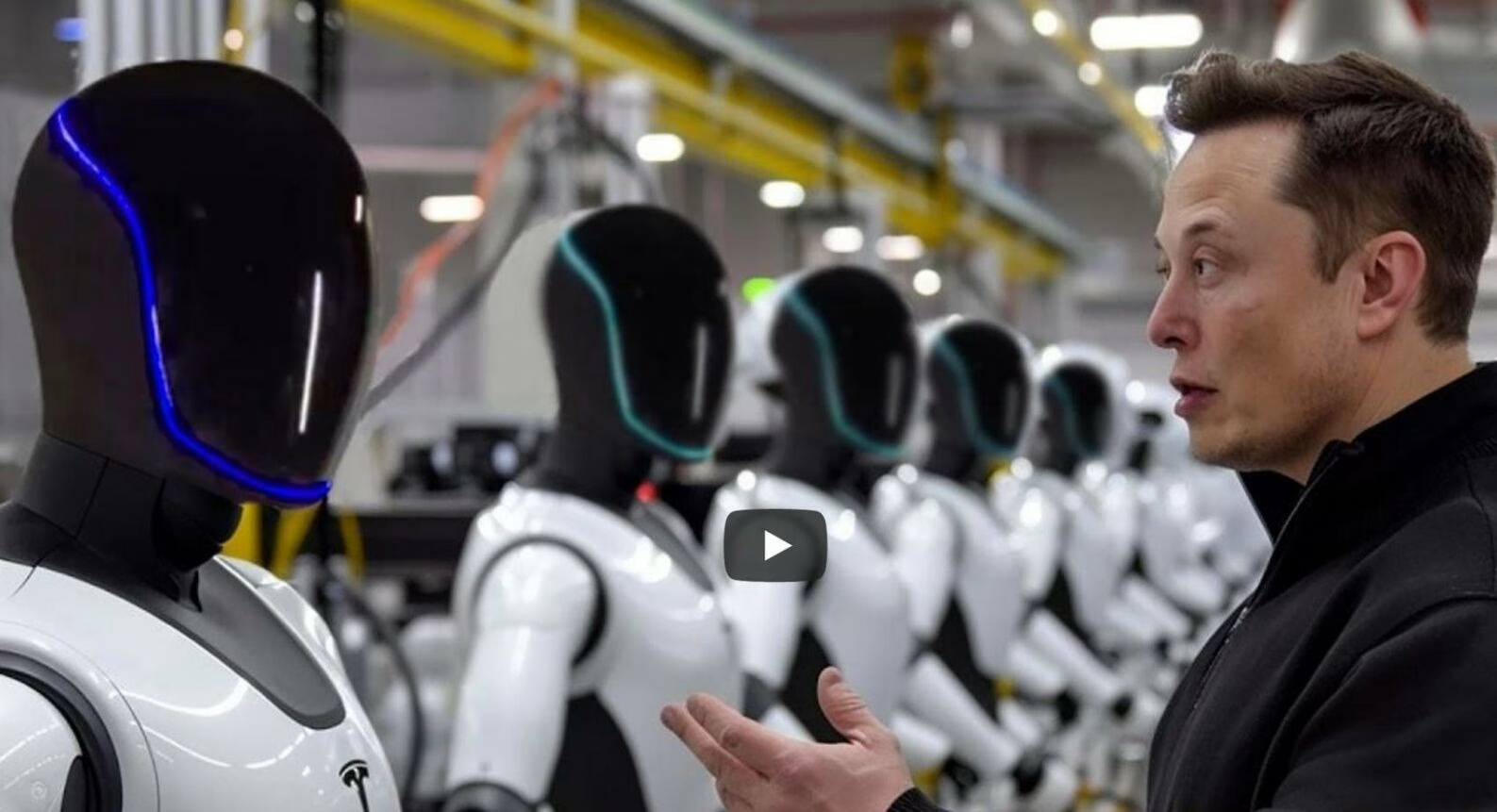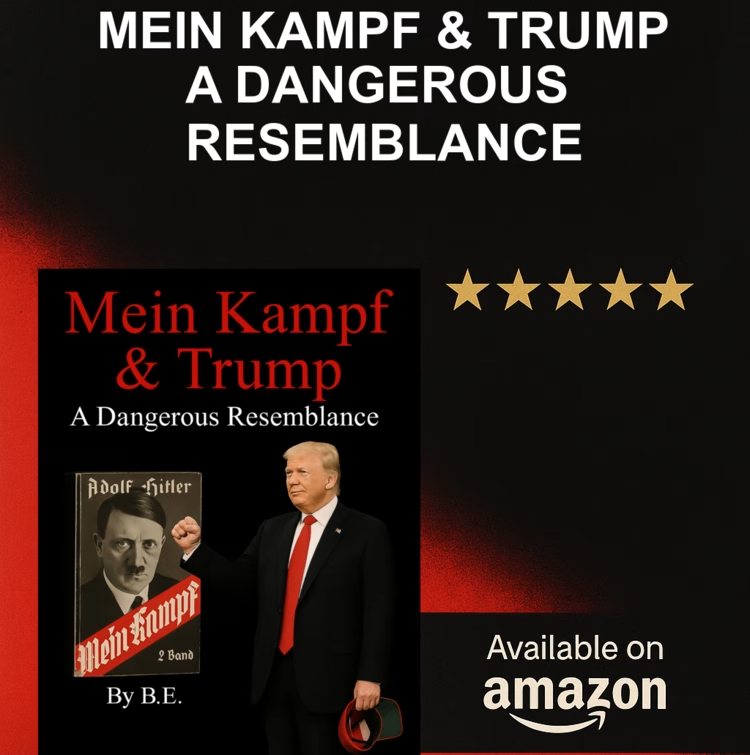By Ben Emos & Jane Lewis | Monday, October 27, 2025 | 8 min read
Tesla CEO Elon Musk ended the company’s latest earnings call not with his usual blend of production forecasts or bold promises about the quarters ahead, but with something unexpectedly personal — a plea. In an unscripted moment, Musk turned to shareholders, urging them to approve what could become a staggering $1 trillion compensation package. He framed it as a matter of loyalty and vision, suggesting that Tesla’s future — and his continued leadership — were intertwined.
The timing couldn’t have been more delicate. Tesla had just reported a disappointing third-quarter performance, missing key expectations and unsettling investors already anxious about slowing growth and rising competition in the electric vehicle market. Meanwhile, Musk’s previous $29 billion pay package — once the largest in corporate history — remains clouded by ongoing legal disputes and accusations of excessive self-enrichment.
Now, rather than revisiting that controversy, shareholders are being asked to weigh an even larger gamble. The debate is no longer over whether Musk deserves his earlier windfall, but whether Tesla should once again anchor its fate, and an almost unimaginable sum of money, to a single personality.
Some see the proposal as a masterstroke of confidence, designed to rally the market and renew belief in Musk’s vision. Others view it as another layer of hype — a headline big enough to jolt Tesla’s stock upward, even as questions linger about the company’s real-world performance and its increasingly ambitious robotics ventures. Before investors celebrate future gains, they might pause to ask a simpler question: how well do these promised robots actually work outside the lab?
Inside Elon Musk’s Push for a Robot Workforce
Tesla’s robotics ambitions have become a central part of that narrative. Musk frequently points to the company’s humanoid robot, Optimus, as the next frontier — proof that Tesla isn’t merely an automaker, but a pioneer in artificial intelligence and automation. Promotional videos show sleek machines folding shirts, carrying boxes, and performing factory tasks with precision.
Yet those demonstrations, while impressive, remain highly curated glimpses of controlled environments. In the unpredictable settings of real-world industry, the technology still faces steep hurdles. Robots excel at repetition, but struggle when the situation changes or a variable falls outside the data they were trained on. It’s one thing to mimic a human gesture in a lab; it’s another to make a split-second decision in the chaos of a working floor.
For all the optimism surrounding AI, the hard truth is that autonomy — true, reliable autonomy — remains elusive. And for a company built on ambition, that gap between promise and performance may be Tesla’s most expensive test yet.
During the call’s Q&A session, Musk was asked about the company’s progress on Optimus, Tesla’s humanoid robot project. Rather than limiting his response to engineering or timelines, he pivoted to a broader question of trust and control. “My fundamental concern with regard to how much voting control I have at Tesla,” he said, “is, if I go ahead and build this enormous robot army, can I just be ousted at some point in the future? That’s my biggest concern.”
It was a striking moment — part performance, part philosophy, and part financial maneuvering. Musk was clearly appealing to shareholders’ sense of loyalty while framing his personal stake in Tesla as essential to the company’s technological ambitions. His comments, however, also invited skepticism. Critics argue that the world’s richest man may be using his narrative about artificial intelligence and “robot armies” to justify an unprecedented compensation demand.
The proposal comes against a backdrop of shareholder unease. Musk’s previous pay package, approved in 2025, has already yielded him stock options worth tens of billions of dollars. That plan is now under legal scrutiny, with investors alleging that the Tesla board failed in its duty to ensure fairness and transparency. Some see the new $1 trillion proposal as a way to preempt those challenges — or at least to reinforce Musk’s authority before they escalate into a larger dispute.
Yet beneath the grand vision lies a complicated reality. Building a robot capable of reacting, reasoning, and deciding like a human goes far beyond perfecting a vehicle’s autopilot system. Musk presents the technology as almost inevitable, but the technical and ethical hurdles remain immense. The same AI that allows Teslas to navigate city streets still struggles with unpredictability — a reminder that intelligence is more than pattern recognition; it’s context, intuition, and judgment.
For Elon Musk, the idea of a robotic workforce is more than a technological experiment — it’s both a bet on the future and a safeguard for Tesla’s dominance in it. By merging automation with artificial intelligence, he’s positioning the company not just as a carmaker, but as a builder of machines that could redefine human labor itself. To his supporters, it’s classic Musk: bold, visionary, and years ahead of the competition.
But for skeptics — including many in the engineering community — the questions cut deeper than technical possibility. Can one man’s vision for human-like machines truly surpass the limits of the intelligence that powers them? And if these robots are eventually sold and deployed worldwide, who takes responsibility when things go wrong? A malfunctioning factory robot or an unresponsive AI system can’t simply be rebooted like a smartphone. What happens if the technology fails in an environment where human safety is at stake? Does Musk, from afar, retain the power to intervene — or, as some fear, to override?
Even after training on billions of miles of driving data, Tesla’s self-driving system continues to falter in unpredictable situations. That alone raises a sobering question: if a car equipped with sensors, cameras, and endless computing power still struggles with unexpected road events, how much harder will it be to build a humanoid robot capable of navigating the messy, chaotic real world? The gap between controlled performance and real-world reliability remains vast.
Artificial intelligence tends to shine in structured environments — the kind where inputs are consistent and rules are clear. But the moment life becomes irregular or ambiguous, its limits are quickly exposed. A self-driving car might glide smoothly down an empty highway yet fail to recognize an overturned truck until it’s almost too late. A robot working on a factory floor, confronted with an unexpected hazard or an unfamiliar task, might not adapt at all — it would simply stop, unsure of what to do next.
Humans, by contrast, rely on something machines still can’t reproduce: intuition. We read context, notice subtle cues, and interpret emotion without even realizing we’re doing it. Those instincts allow us to improvise when conditions change or when information is incomplete. Algorithms, no matter how advanced, lack that flexibility. They can calculate probabilities and detect patterns, but they can’t infer intent or sense danger that falls outside their training data.
A neural network may understand that fire equals risk, but it doesn’t yet grasp why a certain flicker of light or movement signals something urgent. A robot faced with a sudden explosion or factory fire wouldn’t make a moral or situational judgment — it would simply execute a series of pre-coded responses, none of which might fit the moment. That inability to interpret nuance in real time — to weigh context and emotion — is still the Achilles’ heel of machine autonomy.
Until technology learns to reason rather than just recognize, true independence for robots will remain a distant goal.
This is the paradox at the heart of Musk’s plea. On one hand, he envisions a future in which Tesla leads the world into a new era of intelligent machines. On the other, his argument for maintaining control — and for securing an enormous compensation plan — rests on the premise that he alone can guide the company safely through that transition. To investors, it sounds like a call for trust; to critics, it sounds like a hedge against accountability.
Musk’s defenders often describe him as a visionary trapped in a world of short-term metrics. His detractors see a CEO who wraps financial self-interest in the language of innovation. Both may be right. What is clear is that Tesla’s trajectory, like Musk’s own, now hinges on a blend of ambition, controversy, and charisma that few corporate leaders could sustain.
As the dust settles from Tesla’s earnings miss and investors debate the implications of a trillion-dollar pay proposal, one question remains: how much of Musk’s vision is genuine conviction, and how much is theater designed to preserve control? For now, the lines between the two — like those between man and machine in Tesla’s world — are blurring fast.



